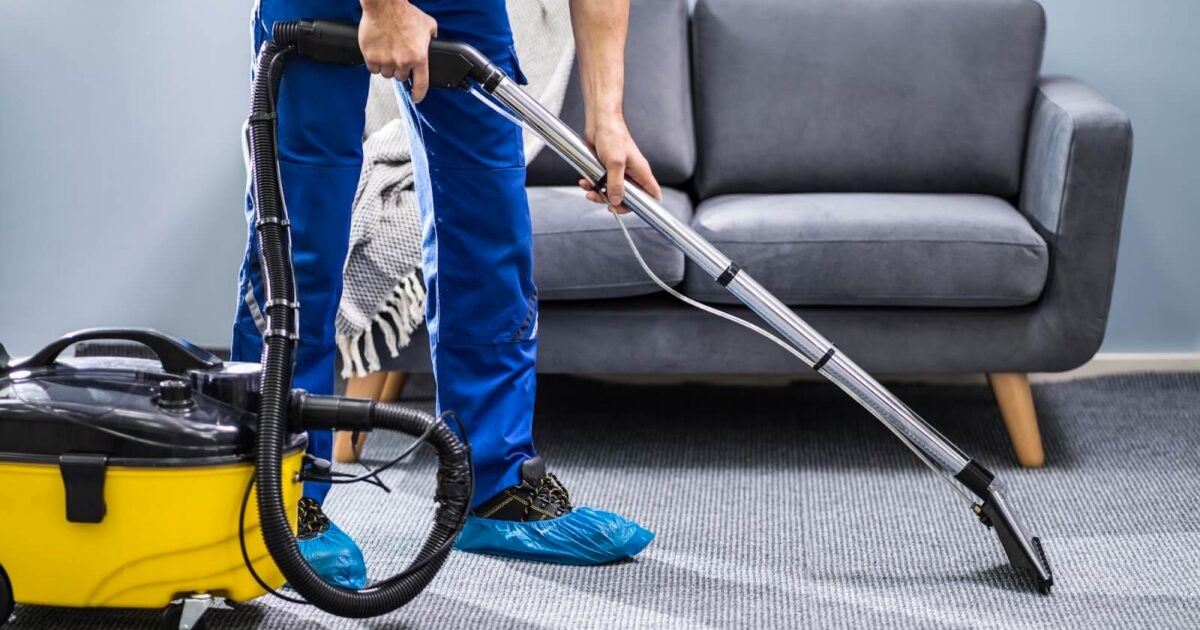
Nano-Tech to the Rescue: Banishing Stains at the Molecular Level
For ages, the war against stains has been waged with a motley crew of cleaning solutions and carpet cleaning machines, leaving behind battlefields of damp carpets, and lingering chemical odors. But what if this age of messy skirmishes is over? Enter nanotechnology, a revolutionary force poised to change the game when it comes to stain removal – and it’s not just science fiction.
Microscopic Warriors: The Power of Nanobots
Imagine an army of microscopic soldiers, each one programmed to identify and dismantle enemy stains. That’s essentially what nanobots are: tiny robots programmed to interact with matter at the molecular level. In the carpet cleaning world, these nanobots would be specifically designed to seek out and neutralize stain-causing molecules.
Here’s how it could work:
- Targeted Attack: Nanobots are coated with specific ligands, molecules that act like keys fitting into locks. These ligands would only bind to certain stain molecules, ensuring the nanobots attack the culprits without harming the carpet fibers.
- Molecular Demolition: Once attached, the nanobots could use targeted enzymes or heat to break down the stain molecules into harmless components.
- Self-Cleaning Warriors: Some nanobots could even be designed to self-regenerate, extending their cleaning lifespan, and reducing the need for constant reapplication.
- This level of precision and control is a far cry from traditional cleaning methods. Imagine saying goodbye to harsh chemicals that fade carpets and leave behind toxic residues. With nanobots, there’s no need for aggressive scrubbing or soaking, potentially preserving the life and beauty of your carpets.
Beyond Carpets: A Universe of Applications
While carpet cleaning might be the most readily imaginable use for stain-busting nanobots, the possibilities extend far beyond. Imagine:
- Clothes that self-clean: Imagine nanobots woven into fabric, constantly patrolling for stains, and neutralizing them before they even set in. No more laundry woes!
- Surfaces that repel dirt: Walls, furniture, and even electronics could be coated with nanobots that actively repel dirt and grime, minimizing cleaning needs.
- Medical applications: Nanobots could be used to target and remove harmful bacteria or even deliver targeted medications within the body.
The potential for nanotechnology in cleaning is vast and exciting. However, as with any emerging technology, there are hurdles to overcome.
Challenges and Considerations
The biggest challenge for nanobots is production. Creating and controlling such tiny machines is expensive and complex. Additionally, the potential environmental impact of releasing nanobots into the environment needs careful consideration.
Furthermore, ethical questions arise around the potential overuse of such technology. Are we creating a society where we no longer take responsibility for our messes, leaving everything to microscopic cleaners?
These are important questions that need to be addressed before nanobots become a mainstream cleaning solution. However, with responsible development and research, nanotechnology has the potential to revolutionize not just carpet cleaning, but how we interact with our environment and maintain cleanliness in general.
The Future of Clean: A Symbiotic Partnership
While nanobots might eventually handle the microscopic battlefield of stains, it’s unlikely they’ll completely replace traditional carpet cleaning methods. Carpet cleaning machines will likely evolve alongside nanotechnology, adapting to work in tandem with nanobots. Imagine machines that disperse and activate nanobots, guide them to target areas, and then safely collect and dispose of the neutralized stain molecules.
This symbiotic partnership between advanced technology and established methods could usher in a golden age of clean. Carpets would stay pristine, the environment would be protected, and we could finally shed the burden of endless scrubbing and harsh chemicals.
The future of clean is on the horizon, and nanotechnology is at the forefront. Who knows? Soon, the stain-removal battlefield might be replaced by a microscopic waltz of nanobots and carpet fibers, leaving behind nothing but spotless surfaces and a sigh of relief.



